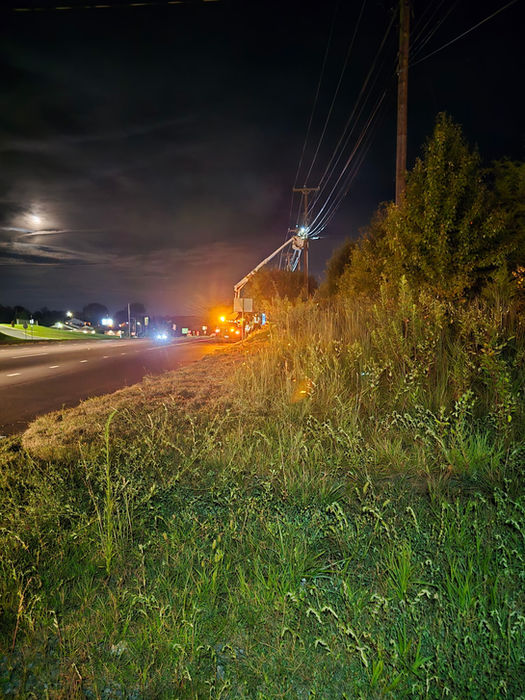
Fiber Optic Splicing

Fiber optic splicing is the process of joining two fiber-optic cables together so data signals can pass seamlessly through the network. We know that splicing is one of the most critical steps in building and maintaining a high-speed, reliable network.
1. Purpose of Fiber Splicing
-
Network continuity: Connects lengths of fiber into longer runs.
-
Branching: Splits signals to serve multiple customers from one main line.
-
Repairs: Restores service when a cable is cut or damaged.
-
Upgrades: Adds new connections to existing infrastructure.
2. Types of Fiber Splicing
-
Fusion Splicing (Most Common & Reliable):
-
Fibers are precisely aligned and fused together using an electric arc.
-
Produces very low signal loss and minimal reflection.
-
Used for backbone, distribution, and high-performance networks.
-
-
Mechanical Splicing:
-
Fibers are aligned inside a mechanical sleeve or connector.
-
Faster and easier but has slightly higher signal loss.
-
Common in temporary setups or emergency repairs.
-
3. Splicing Process
-
Cable Preparation
-
Remove protective outer sheath, buffer tubes, and coatings.
-
Clean fibers to remove dust and contaminants.
-
-
Cleaving
-
Fibers are cut at a perfect 90° angle using a precision cleaver.
-
-
Alignment
-
Fibers are placed in a splicing machine, which auto-aligns them with microscopic accuracy.
-
-
Splicing
-
Fusion: An electric arc melts and fuses the glass ends.
-
Mechanical: Fibers are clamped in alignment within a connector.
-
-
Protection
-
A splice protector sleeve is heat-shrunk around the joint.
-
The splice is placed in a splice tray within a closure or cabinet.
-
4. Tools & Equipment
-
Fusion splicer or mechanical splicing kit
-
Fiber cleaver
-
Cleaning tools (alcohol wipes, lint-free pads)
-
OTDR (Optical Time Domain Reflectometer) for testing splice quality
5. Advantages of Quality Splicing
-
Low signal loss → ensures maximum internet speed and reliability.
-
Network longevity → durable, weather-resistant connections.
-
Scalability → allows expansion without major infrastructure overhauls.
